It wasn’t until I was sitting on a train, heading downtown, that a stranger across from me told me how the camera I had on me was great. The Canonet QL17 GIII is a work of beauty. Mine arrived in like-new condition from Japan; in fact, I couldn’t even see anything wrong with it. Everything from the sound of advancing the film, to the size of the rangefinder, to the quality of the lens is simply a delight to use.
The fixed lens of the Canonet QL17 GIII, is a 40mm f/1.7, is sharp – sharpest between f/4 – f/5.6. The lens also has a wedge on it making it easier to focus by using your thumb instead of turning the tiny lens with your hand. A quick Google search on the bokeh the lens produces shows that some find it funky. I disagree, the bokeh is pleasing to look at and it doesn’t produce any annoying bokeh whatsoever.
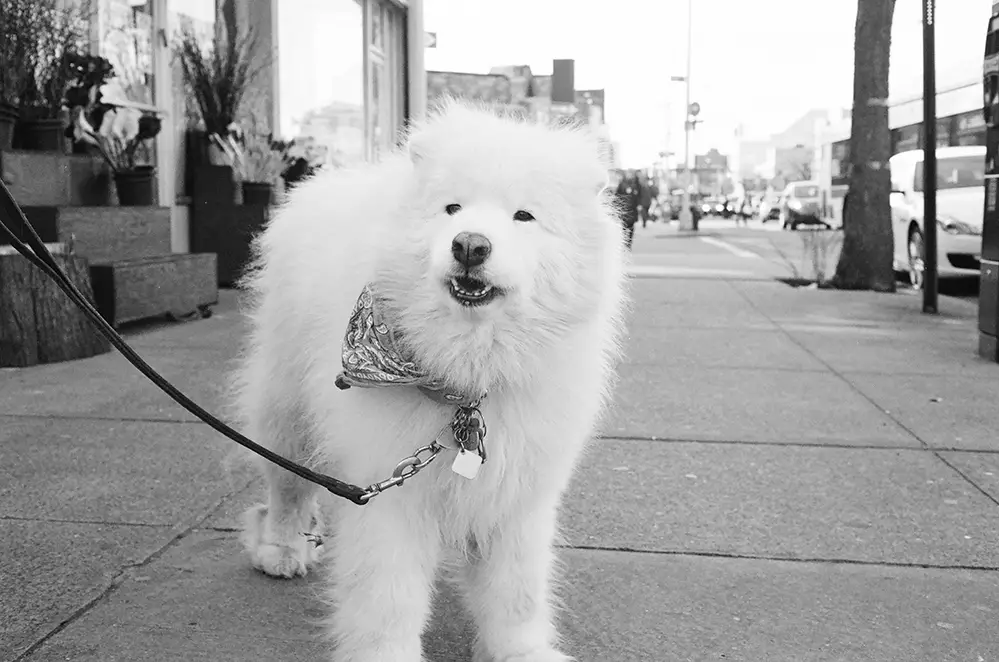
The Canonet QL17 GIII works fully manually. A battery is not necessary unless you want to use the auto aperture mode where the light meter decides on the aperture based on your ASA and shutter speed settings. The only way to check if you’re over/under exposed is by being on auto aperture mode. If you’re too over/under exposed, the shutter button will not work—handy when you forget to take your lens cap off. The shutter speed goes up to 1/500th of a second and the ASA to 800.
The battery I use is a Duracell PX625 alkaline battery rated at 1.5 volts. Since it’s not equivalent to the 1.35 volts used in the old mercury batteries, I have to place the ASA reading one down to compensate. However, a Wein battery cell works just fine. There is a battery check to the left of the viewfinder. It lights up, but it is difficult to see in the daylight.
The QL in the Canonet QL17 GIII name stands for quick load. It really is easy to load film into the back – much easier compared to a SLR. Instead of winding the film, clicking the shutter, winding the film, clicking the shutter – until you get to 0, you can just keep winding the film until you reach 0. I tend to wind the film just three times, which leaves me at two stops before 0, allowing me to get sometimes even 39 exposures on a 36-exposure roll.
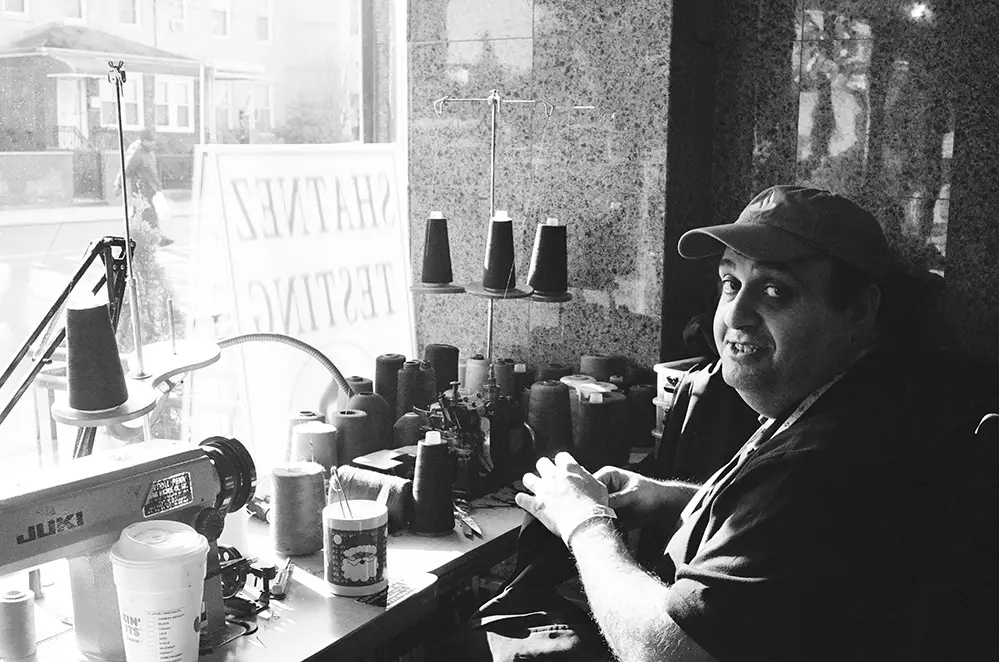
The viewfinder itself is actually pretty bright. It features a frame that automatically adjusts when adjusting the focus, so it’s easy to tell how the shot will be framed. On the right, there’s the aperture scale, the over/under exposure indicator, and the over/under exposure marks.
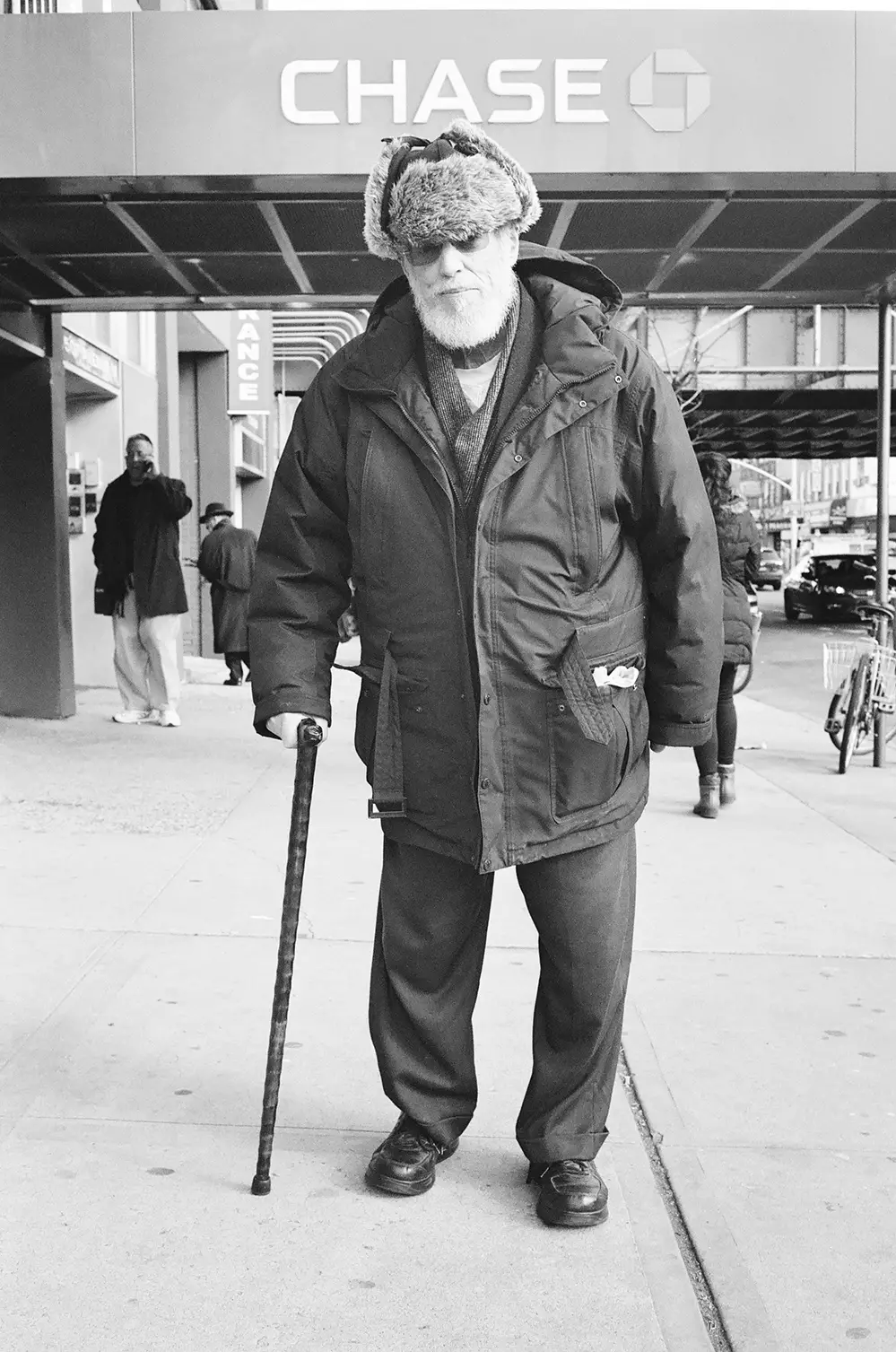
Overall, I’m having a blast shooting with the Canonet QL17 GIII. It certainly makes my street photography easier with the size of it. The ability to focus easily and look through the viewfinder to see the two images line up is also great, especially how easy it is to see. Of course, it won’t be as good as a Leica M6, but it does well for its price. The Canonet can easily be found for under $100, usually much cheaper.
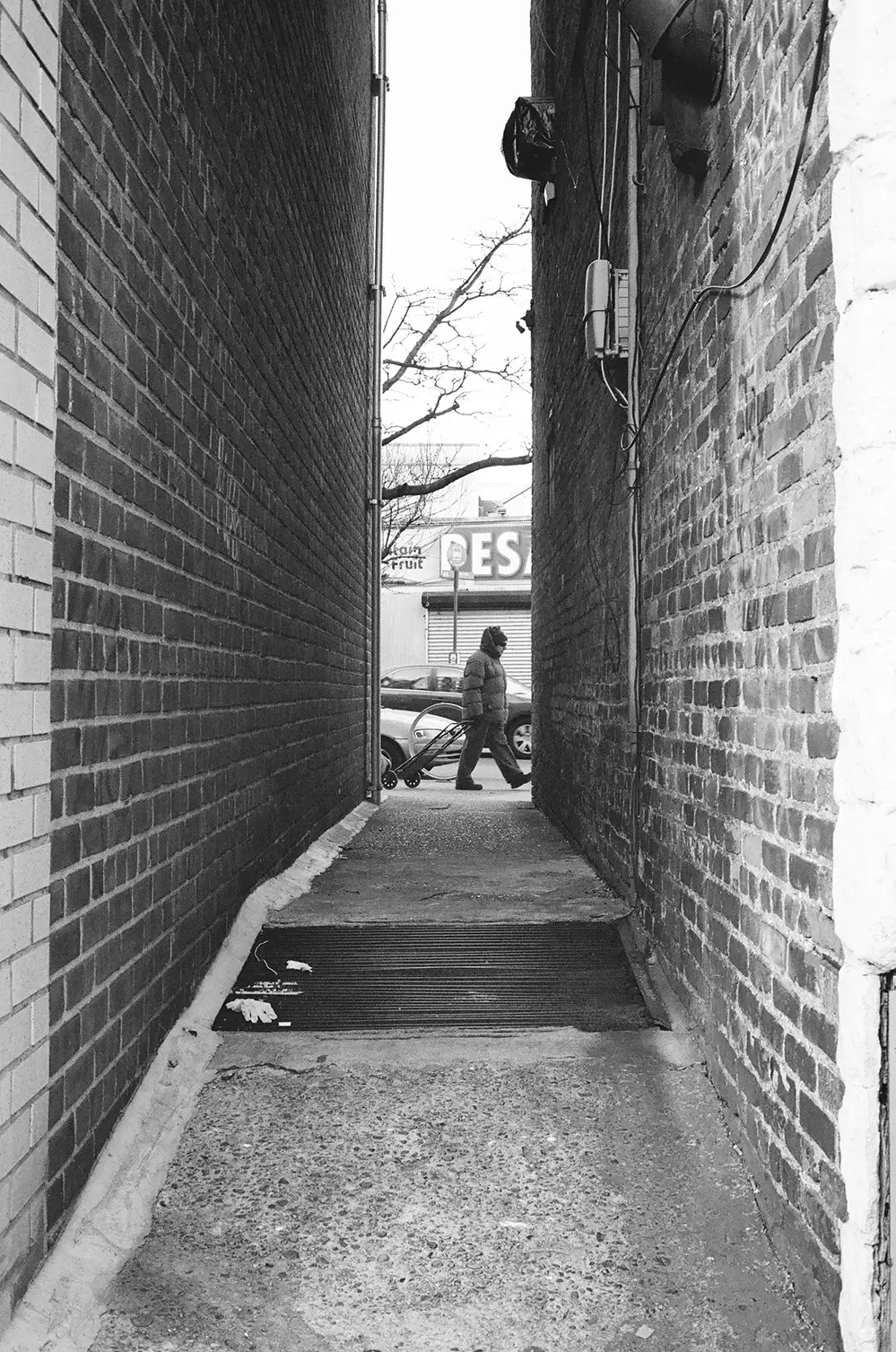
I was torn between this rangefinder, the Olympus 35 RC, the Yashica Electro 35, Konica Auto S2, and the list goes on. They all have their strengths in their own way. They all have similar prices too. What attracted me to the Canonet was, not just the availability at the time, but the size. It’s not tiny, like the Olympus, but it’s still smaller than a SLR. The fact that the Canonet QL17 GIII also just looks more aesthetically pleasing than the others is also a pro.
Overall, the Canonet QL17 GIII is easily pocketable, it’s reliable, efficient, and gets the job done. And for its price, it was a great purchase.
Share this post:
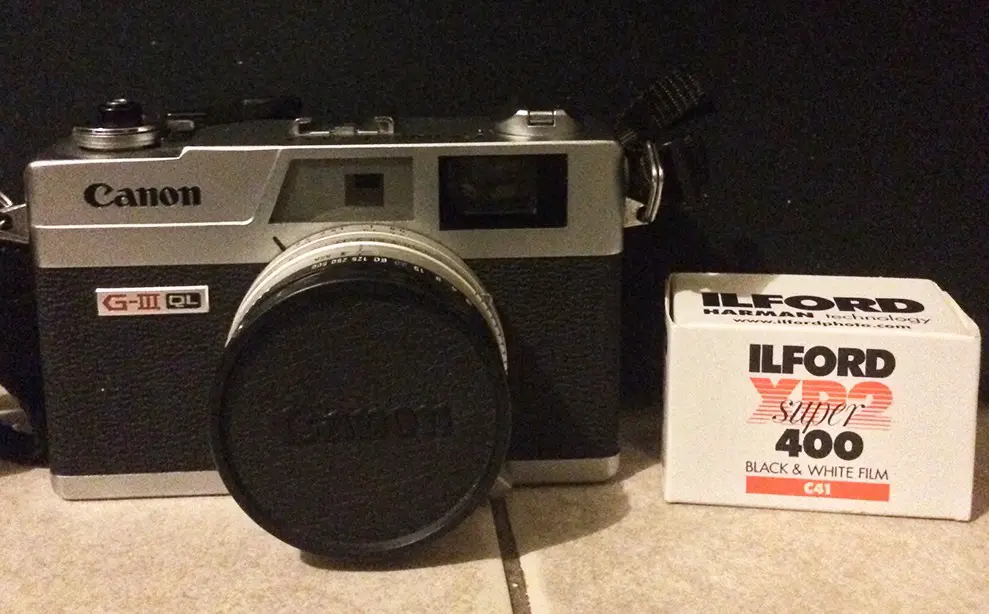
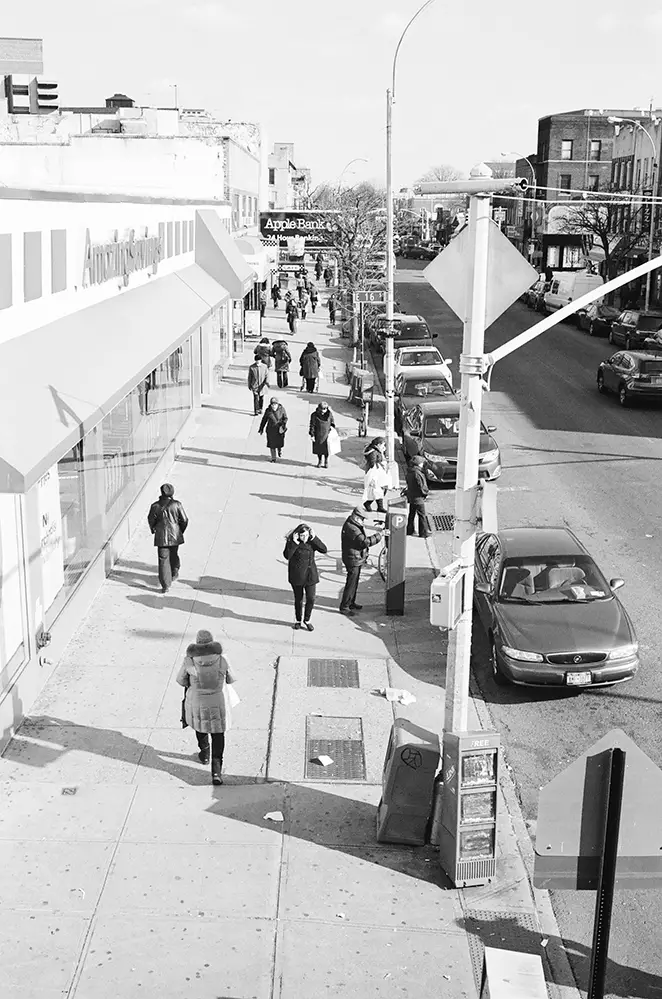
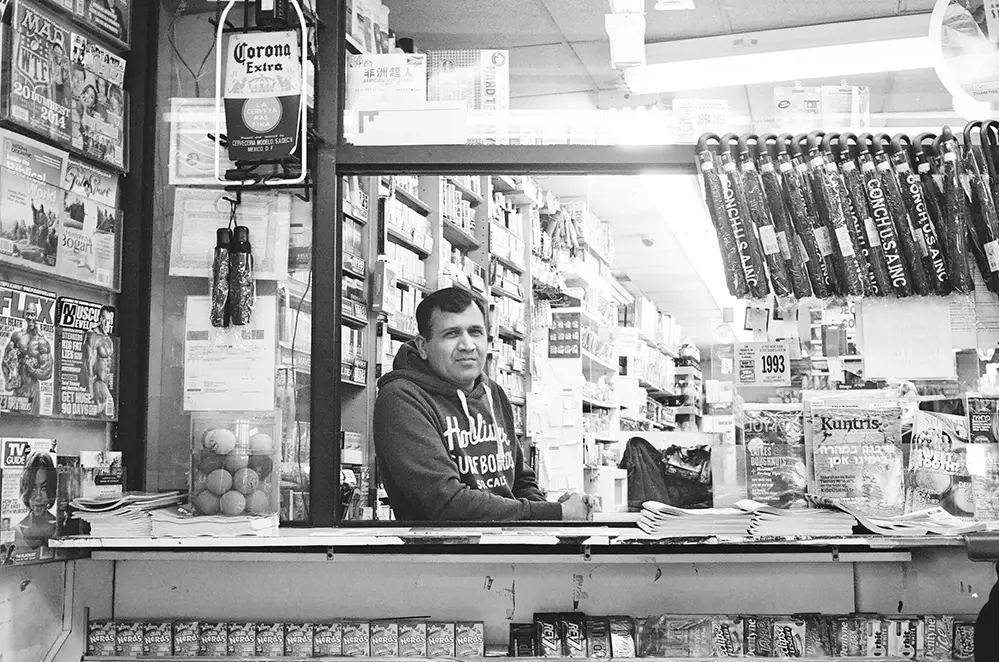

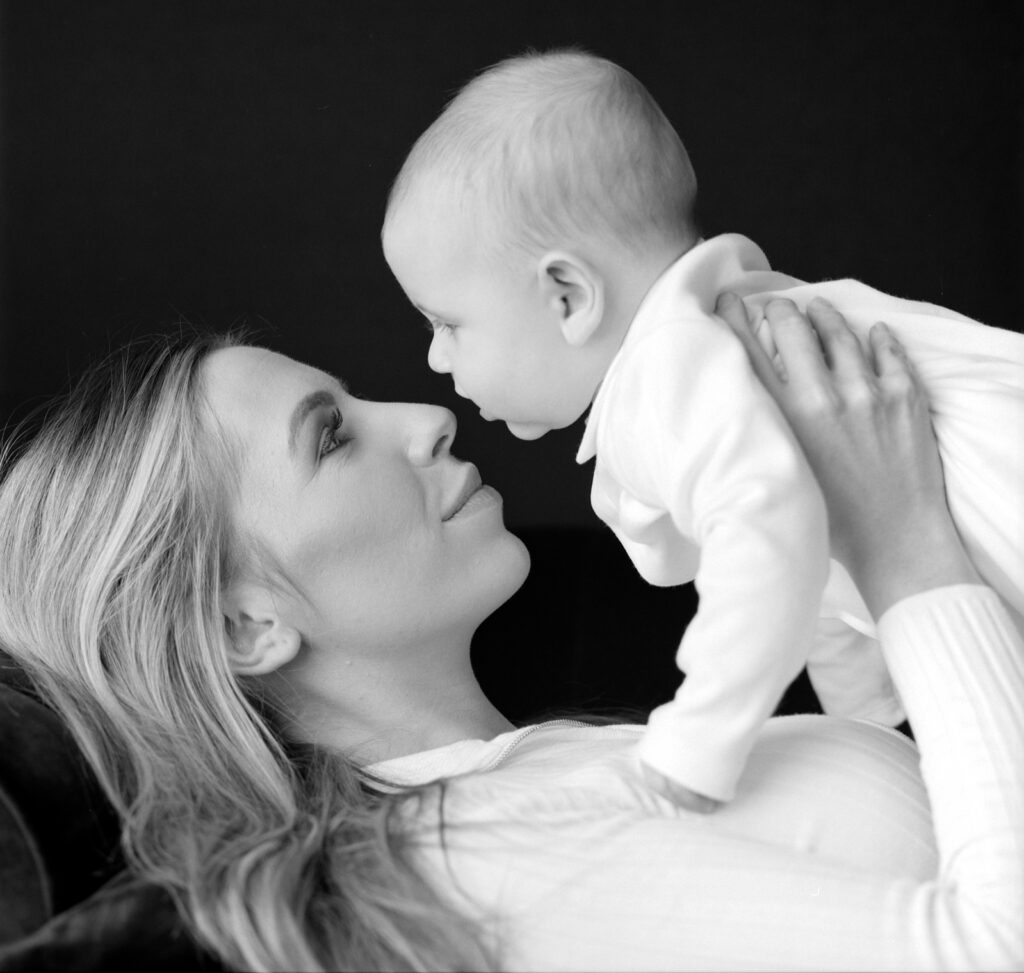

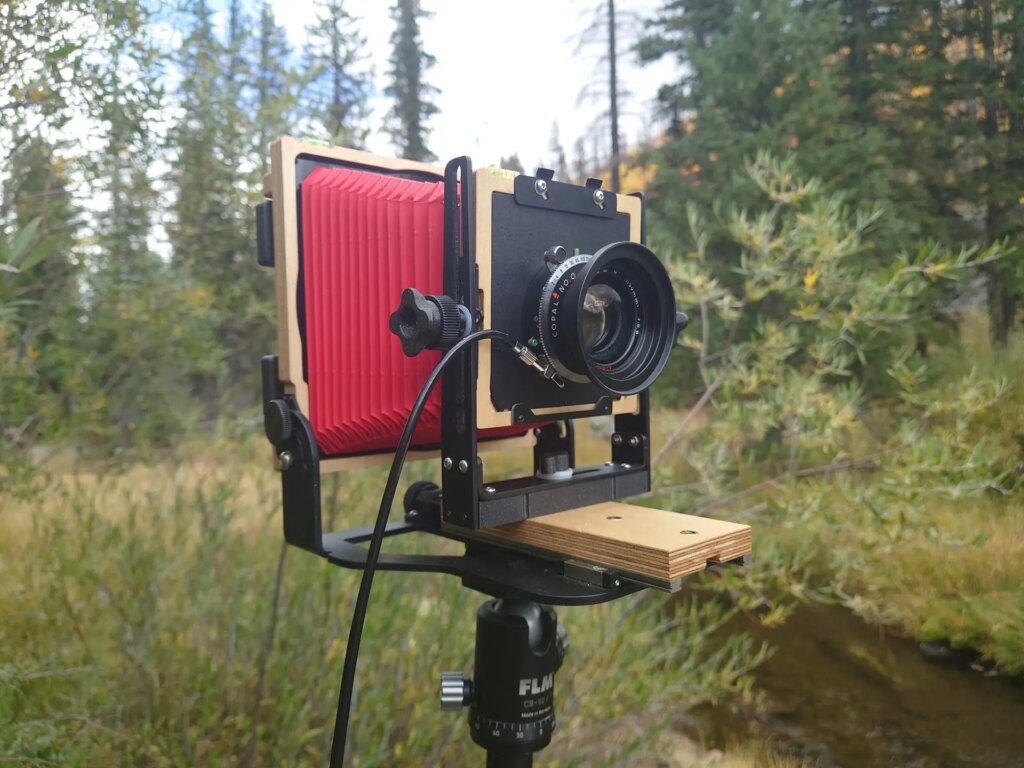




Comments
3 Days in Hong Kong with An Olympus 35RC - Guest post by Brandon - 35mmc on Canonet QL17 GIII Review – Affordable, Fine and Reliable – by Armin Rebihic
Comment posted: 18/02/2016
Russ on Canonet QL17 GIII Review – Affordable, Fine and Reliable – by Armin Rebihic
Comment posted: 07/03/2018
Thanks
Russ on Canonet QL17 GIII Review – Affordable, Fine and Reliable – by Armin Rebihic
Comment posted: 16/05/2018
Russ
Gandhi Cabanas on Canonet QL17 GIII Review – Affordable, Fine and Reliable – by Armin Rebihic
Comment posted: 11/06/2019